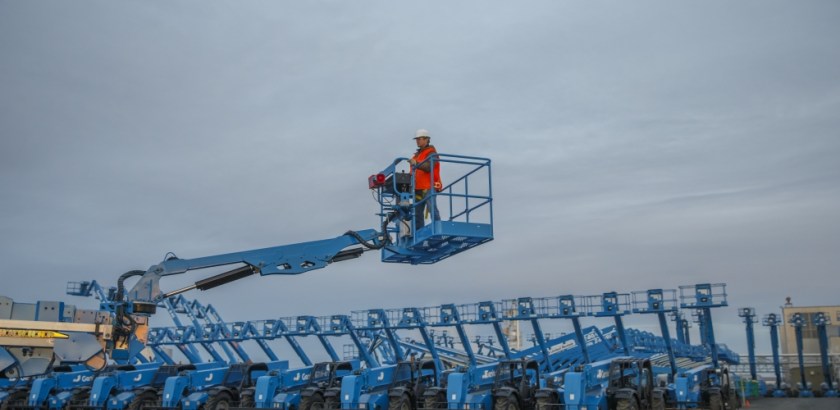Eight Stages of Risk Assessment

Changes to North American standards (ANSI A92 in the United States and CSA B354 in Canada) are coming – ANSI A92 went into effect in June, 2020, (CSA B354 was published May 2017) and these changes will create a new “normal” for mobile elevated work platforms (MEWPs), formerly known as aerial work platforms (AWPs), worldwide.
From a manufacturer’s perspective, here’s what rental stores and MEWP operators need to know about the new standards to be introduced soon:
To prepare for these standards changes, Genie has been proactively working on a response to implementing the new requirements in its products and practices worldwide. It is important for you to know how Genie is responding to these changes.
*With the implementation of the updated standards, Genie will continue to evaluate and manufacture our products to meet the most current industry standards worldwide and to provide our customers with innovative, reliable and safe work at height solutions.
The ANSI A92 standards can be purchased from the Scaffold and Access Industry Association (SAIA) website by visiting the links below: